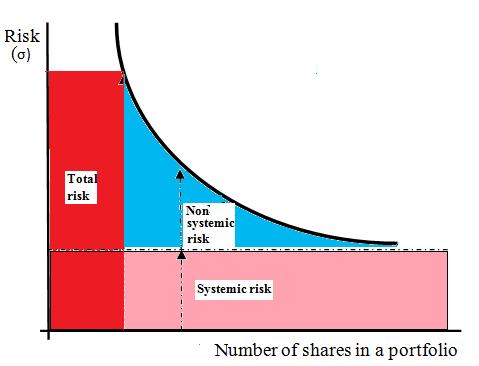Capital Asset Pricing Model (CAPM) is the backbone of modern portfolio theory. According to CAPM, the expected return on stock is a function of its relationship with the market portfolio defined by its beta. However, Eugene Fama and Kenneth French (1992) brought together two more factors and found that stock return is based on a combination of not just market beta but also firm size and value. They came up with a new model known as Three Factor Model as an alternative to CAPM.
What is Fama and French Three Factor Model?Fama and French three factor model expands on the Capital Asset Pricing Model (CAPM) by adding size and value factors in addition to the market risk factor in CAPM.… Read the rest
